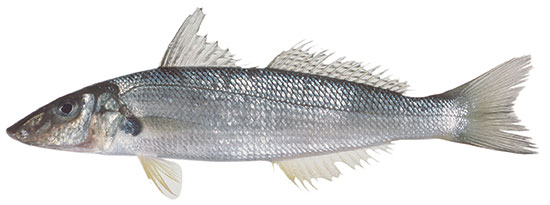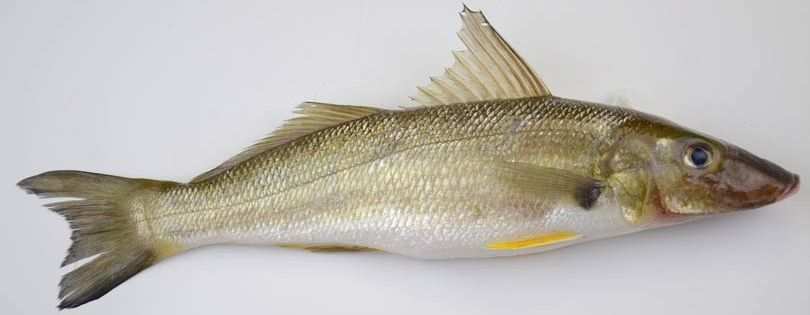About Sand Whiting

Quick Facts
| > Scientific Name | Sillago ciliata |
| > Family | Sillaginidae |
| > Other Common Names | Great Britain: bluenose whiting, sand whiting Japan: kisu USA: sand sillago |
| > Size/Length | 23–40 cm |
| > Weight | 0.1–0.5 kg |
| > Habitat | Saltwater and estuarine |
| > Availability | All year round |
Distribution

Eating Quality
| > Flesh Colour | Grey to greyish white or yellowish white |
| > Flesh Texture | Soft to Medium |
| > Fillet Thickness | Thin to Medium |
| > Edible Fillets | 40% from whole fish (gut in) |
| > Bones | Fine rib bones and pin bones are frequent but are easily removed |
Taste
| > Flavour | Mild |
| > Oiliness | Low |
| > Moisture | Moist |
Eating / Cooking
> Sand whitings are prized for their sweet, delicate flavour.
> They are a versatile fish that can be prepared in a number of ways including steaming, baking, barbecuing and grilling, with frying the most common.
> Steamed whiting fillets are an ideal food for children because they contain very little oil and are easily digested.
> When whiting is grilled or barbecued, a salad of grapefruit, orange, lime and lemon, with a citrus and olive oil dressing, will complement the flavour wonderfully. Other suitable sauces and condiments are lemon and herbed butters or buerre blanc. Crusts of cumin, coriander and ground turmeric are also tasty.
> Fried sand whiting fillets are fantastic served with chips.
> Sand whiting can be used for sashimi.
> Complementary flavourings for whiting are the herbs dill, basil, chives, parsley and tarragon.
Nutrition Information
| > Energy | 362 Kilojoules (86 Calories) |
| > Protein | 19.8 g |
| > Sodium | 70 mg |
| > Cholesterol | 41 mg |
| > Fat (total) | 0.6 g |
| Saturated fat | 32% of total fat |
| Monounsaturated fat | 21% of total fat |
| Polyunsaturated fat | 47% of total fat |
| > Omega-3, DHA (Docosahexaenoic acid) | 57 mg |
| > Omega-3, ALA (Alpha-linolenic acid) | 42 mg |
| > Omega-3, EPA (Eicosapentaenoic acid) | 43 mg |
Wines
> The delicate flavour of sand whiting calls for subtle wines.
> Sand whiting goes well with wines that have a touch of citrus such as South Australian Rieslings or a touch of spicy fruit such as blends from Western Australia (Traminer, Riesling, Semillon, Chenin Blanc).

